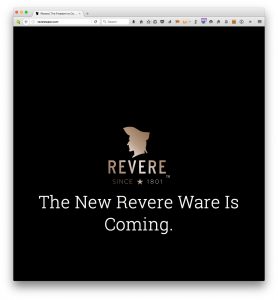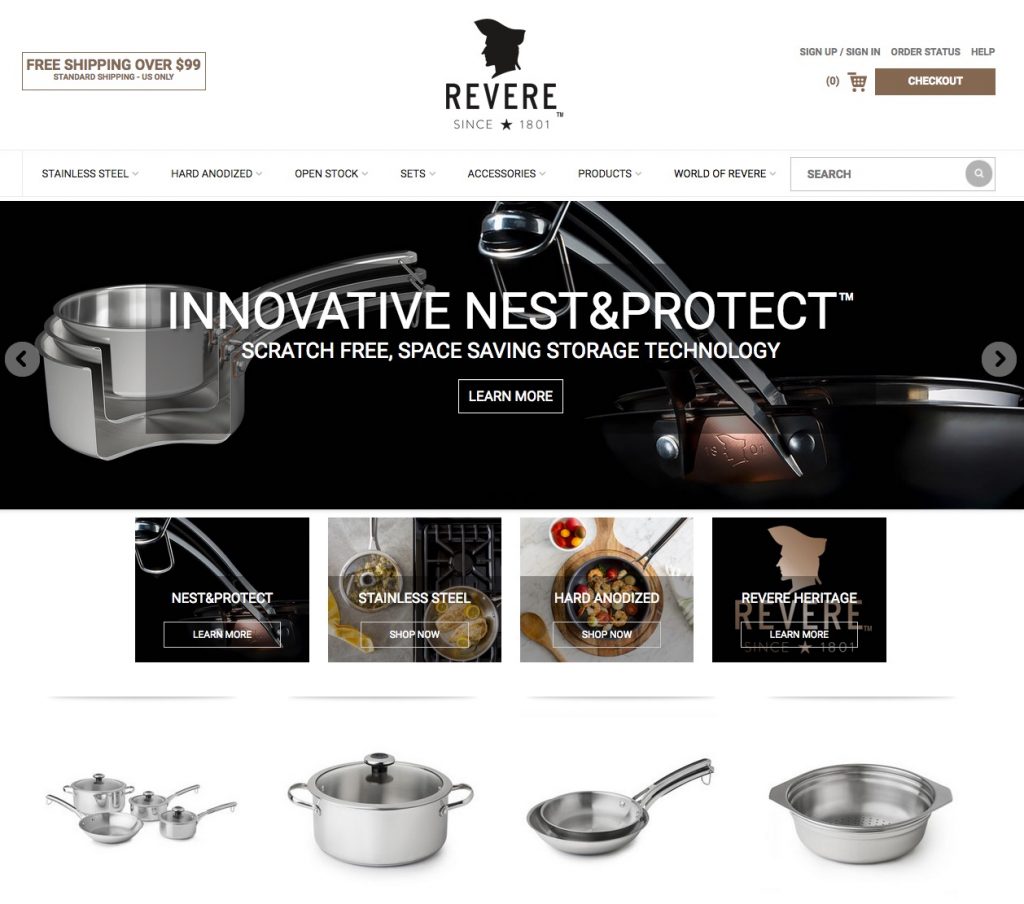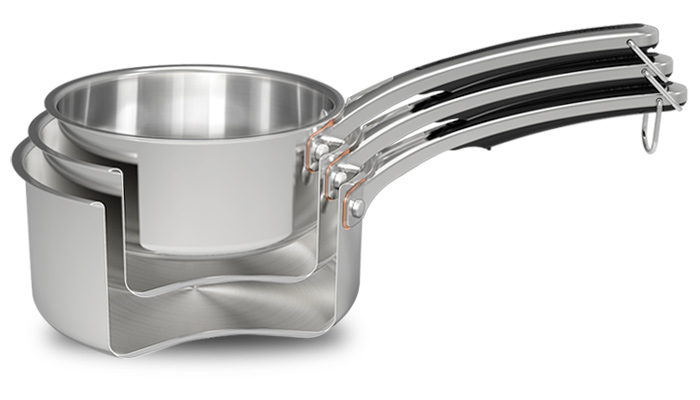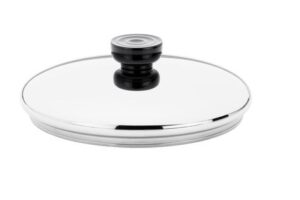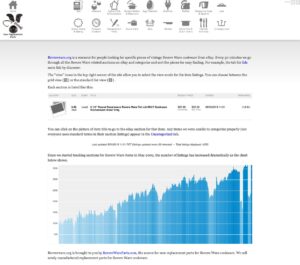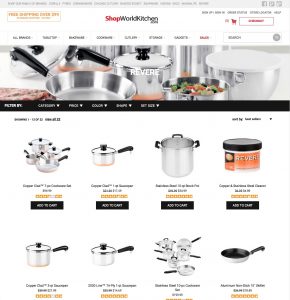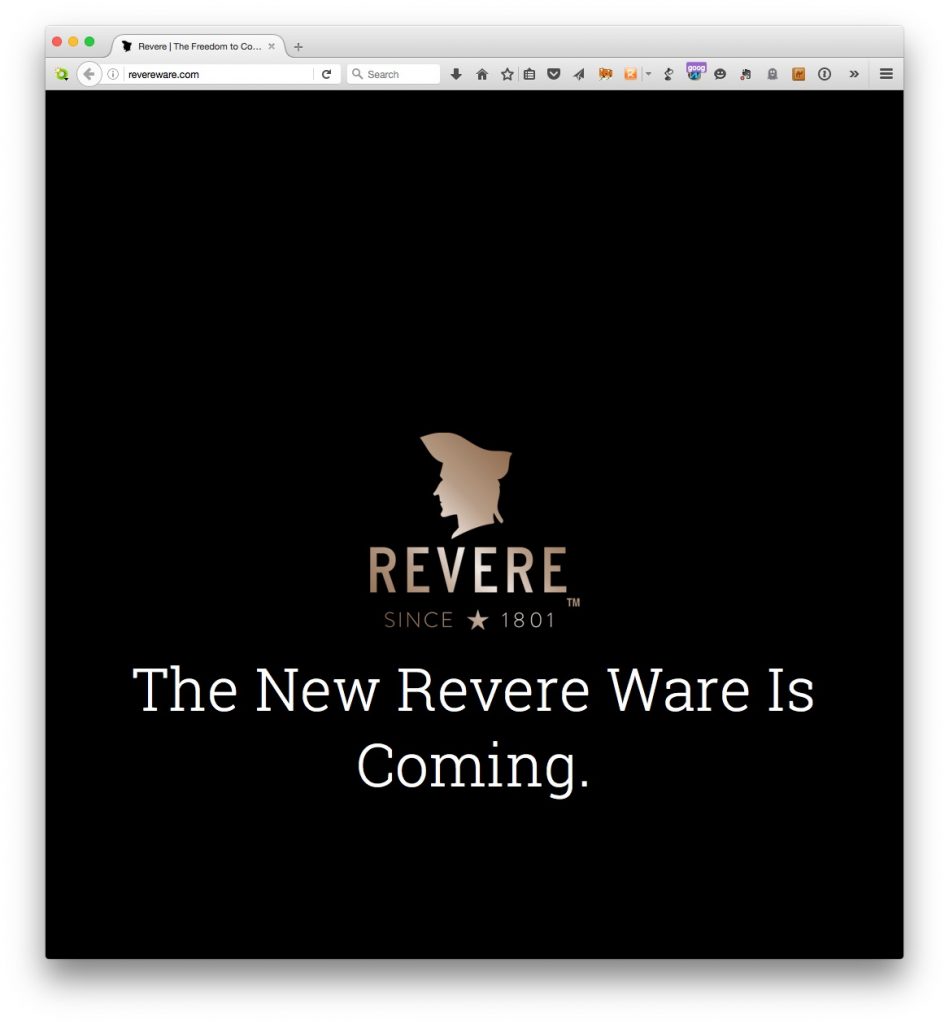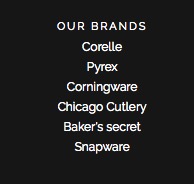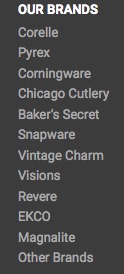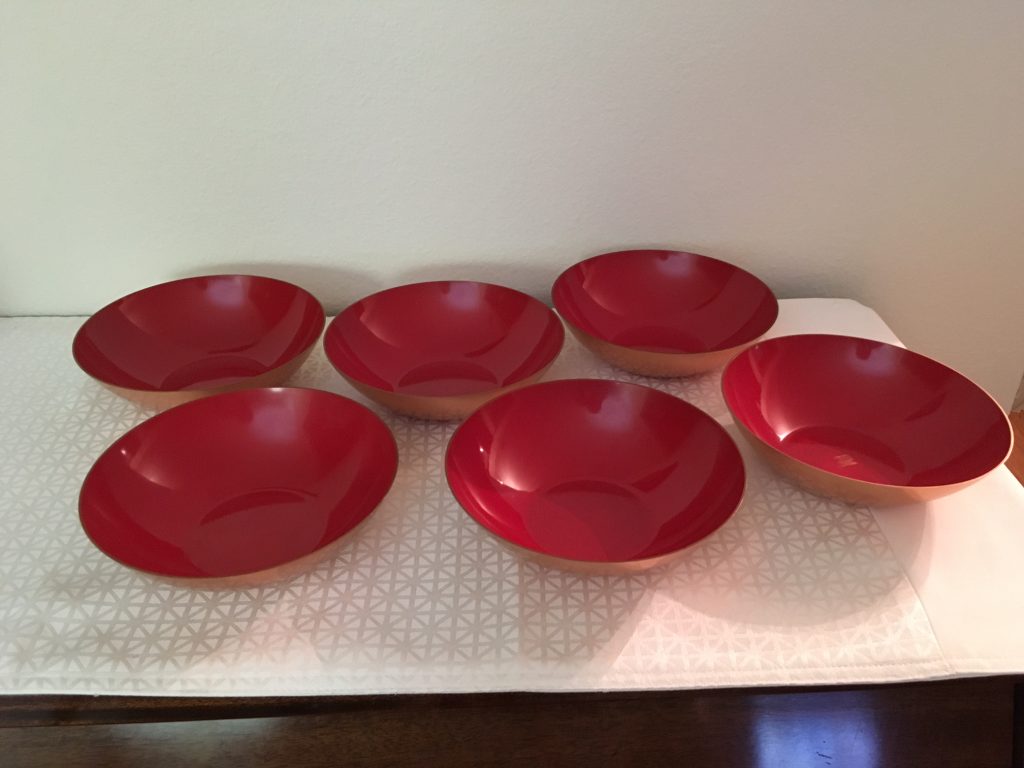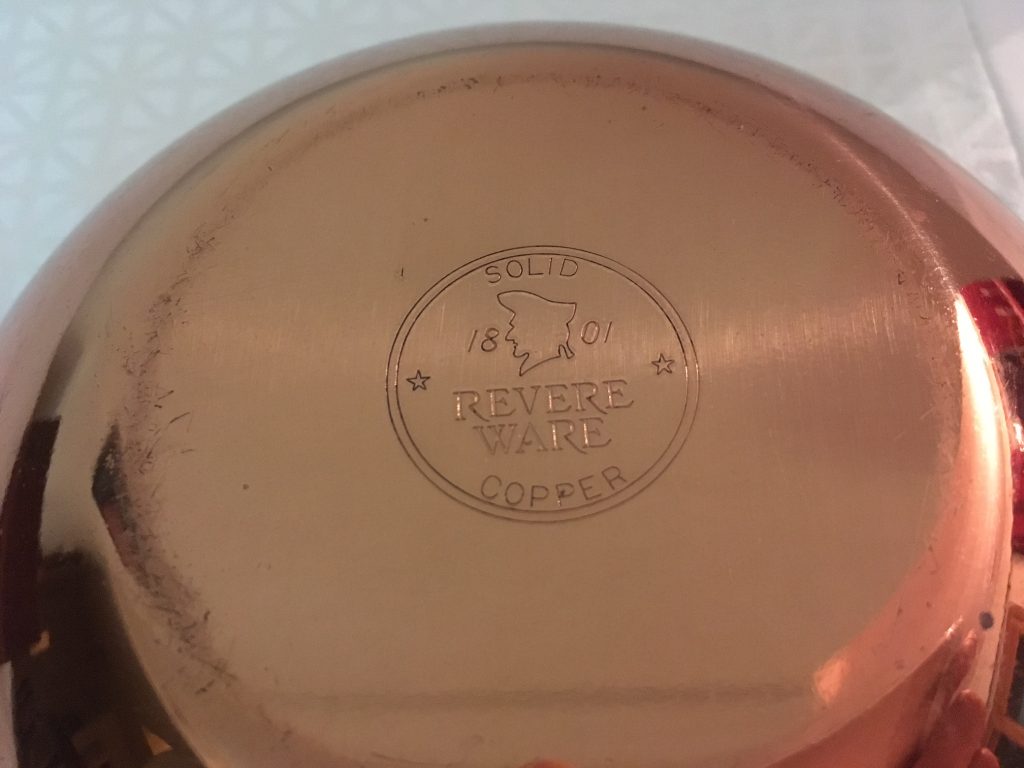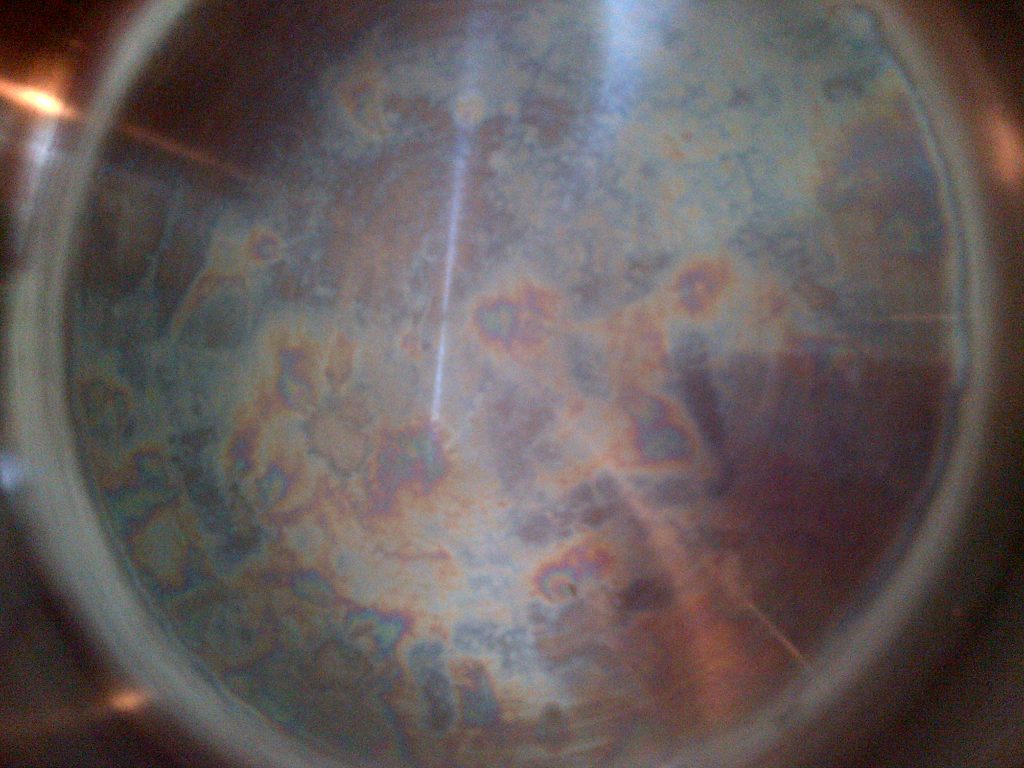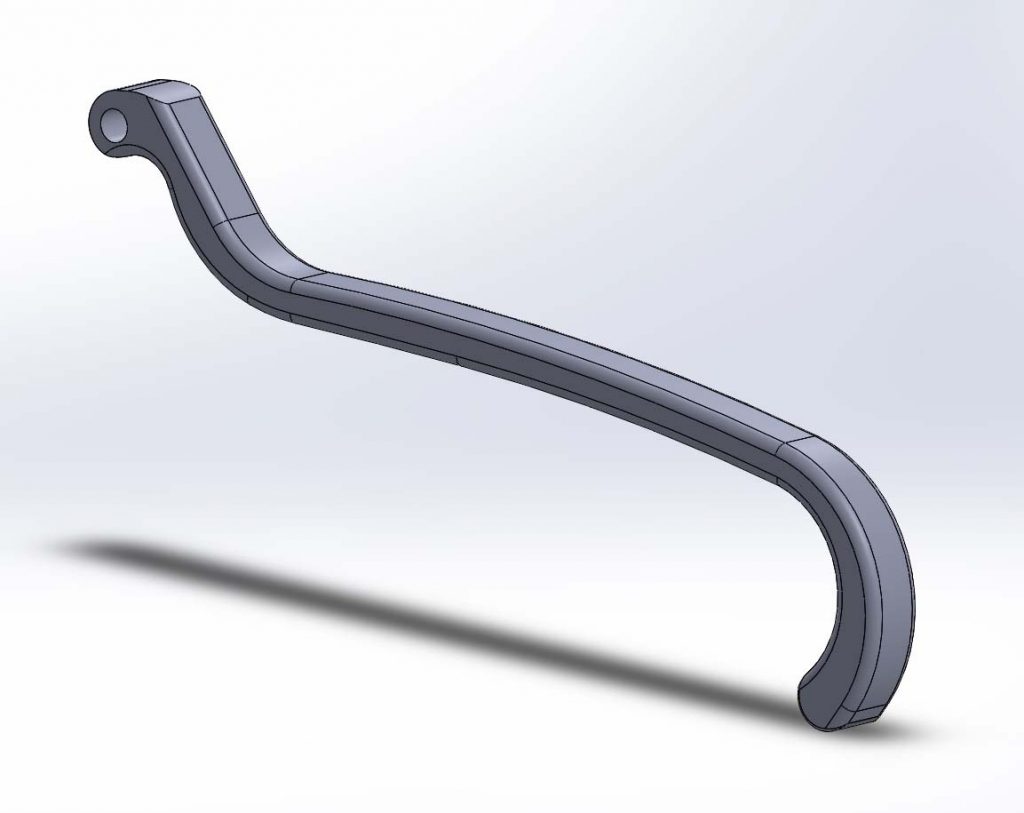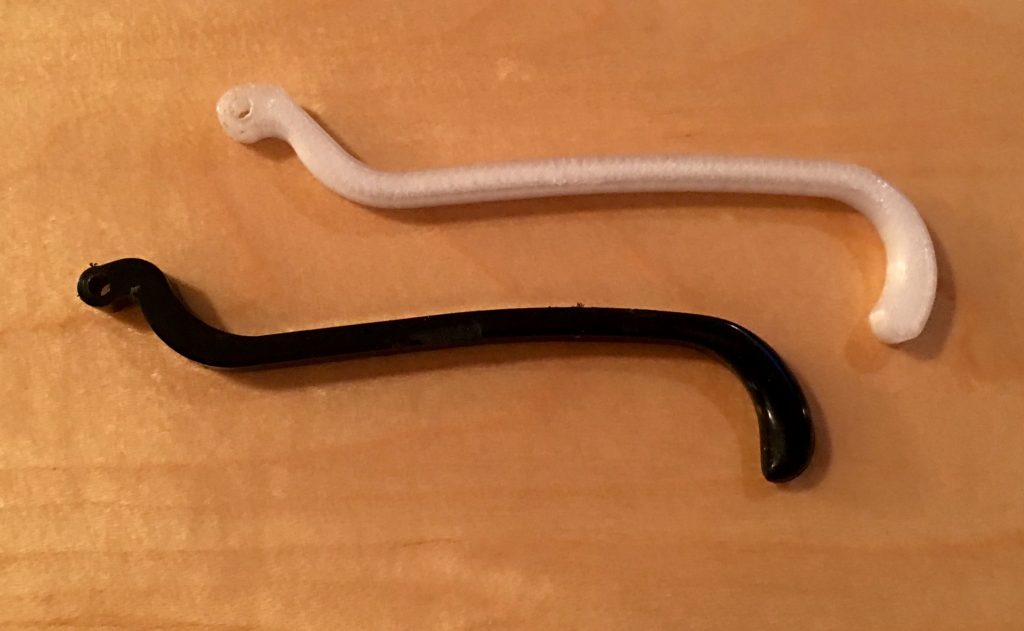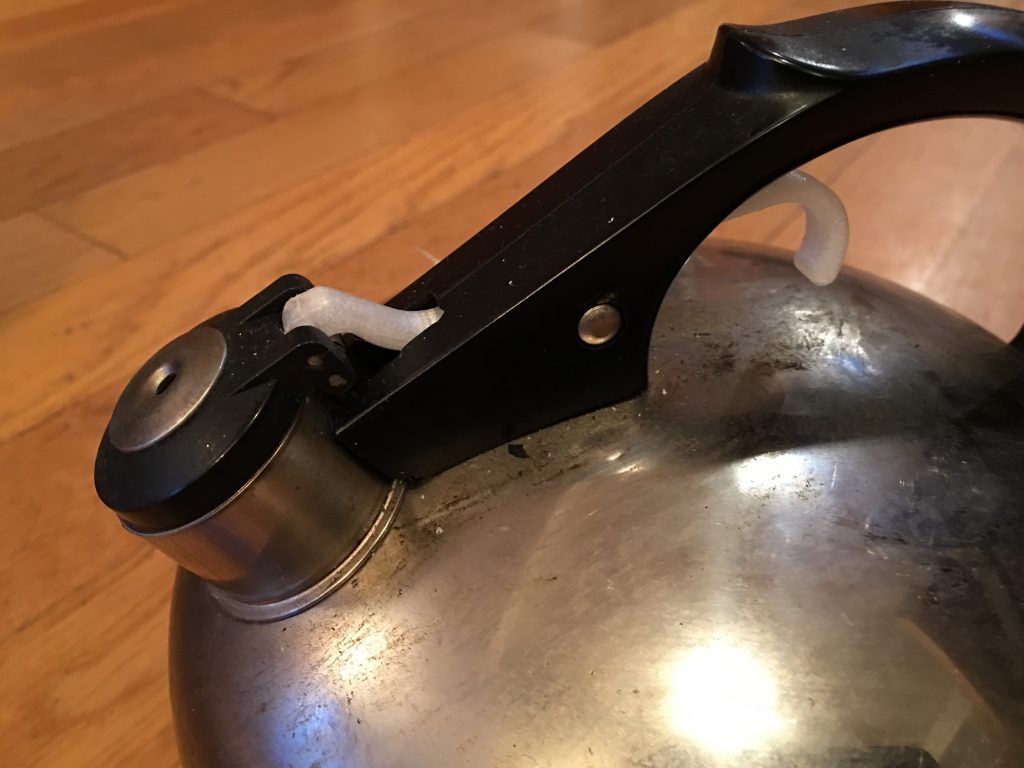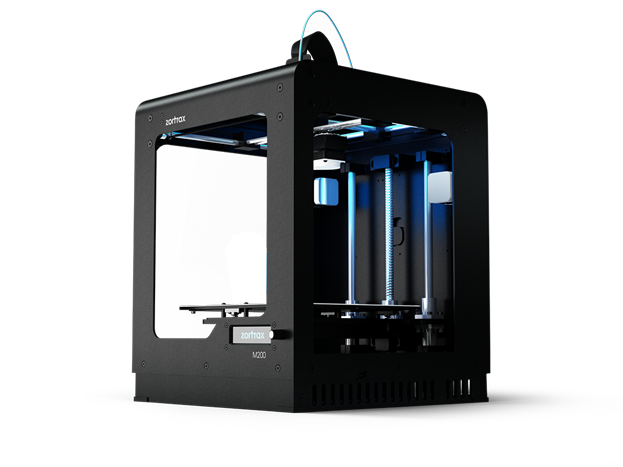
In today’s climate of ratings and feedback, small businesses like ours can often suffer at the hands of customers who don’t understand the realities and economics of small businesses, or are simply too lackadaisical to go through the trouble of contacting a seller before they go negative on us.
Take, for example, Amazon.com. I often order books from third party sellers, and see that most of the time sellers are rated in the low 90’s or high 80’s in terms of overall satisfaction. On eBay, where I’ve been a buyer and seller for almost 20 years, and have a 100% rating across thousands of transactions, buying from someone with such a low rating seems dangerous. If someone is rated at 90% satisfaction, does that mean I have a one in ten change of having an issue? On eBay, where the company forces a resolution process on buyers and sellers, this is often the case. On eBay, if you want a refund, you have no choice but to go through this process to get your money back. One person’s bad experience can often be indicative of your likelihood of having a problem.
But on sites like Amazon, where we now do quite a bit of our selling, things are very different, and this leads to a very different quality to their ratings. Consider the following:
Process: Amazon.com has no process whatsoever that helps buyers and sellers resolve issues. Have a problem and want your money back? Sure, no problem, just a few clicks and you are there. The downside of this is that sellers are often not aware that there is a problem at all. Looking at returns, there is no way for us to tell that someone returned a part for quality reasons, or simply because they didn’t read the detail and ordered the wrong part.
Quantity vs quality of ratings: On eBay, which is treated by both buyers and sellers more like a community, people are motivated just as much to leave positive feedback when there is a satisfying experience, as they are to leave negative feedback when there is a bad experience. On Amazon.com, a very very small percentage of buyers actually leave feedback. This means that an out-sized percentage of people that leave feedback do so because of a problem (and often a problem they never tried to contact the seller about), which almost guarantees that as a seller, you will find it impossible to have a near 100% positive rating.
Shoot first, ask questions later: This in my opinion is the single biggest problem with feedback and ratings on Amazon.com. People simply don’t bother to contact the seller when there is a problem. Perhaps the norm these days for sellers is that they simply don’t take care of their buyers, and buyers expect poor service. But for our business, this is anything but the case. We go to great trouble to try and insure our customers get a good product and have a good experience, and when there are problems, we will do what ever we can to resolve it. Got a defective part, no problem, we’ll ship you a new one. Part broke for no good reason a year after you bought it, no problem, we’ll replace it.
That is, we’ll do all that, given the chance. Most of the time, buyers on Amazon.com will simply return a defective part, leave a negative review, and never ask us for help.
People don’t understand how Fulfillment by Amazon works: People often leave negative feedback for problems with shipping. When you order something with Amazon Prime shipping, that means it is fulfilled by Amazon. People don’t seem to realize that in cases like this, the onus for a good shipping experience is on Amazon, not us; we have no control over shipping. But we get the negative feedback from shipping issues anyways.
All this mean that it is very very hard for a small seller like us to maintain a good seller rating on Amazon.com. For example, if 300 people buy something from us on Amazon.com in a month, but only 15 leave feedback:
| # negative ratings |
Seller rating |
| 0 |
100% |
| 1 |
93% |
| 2 |
87% |
As you can see, just one or two (undeserved) negative ratings can make us look really bad. If all of our customers left feedback:
| # negative ratings |
Seller rating |
| 0 |
100% |
| 1 |
100% |
| 2 |
99% |
Being a small business means that we can’t provide the kind of product quality that large businesses can offer. While a large business might have the resources or technology to achieve defect rates like .1% or .05%, we measure ours in the 1-3% range depending on product. So sometimes a part is simply defective and we don’t catch it before it ships. But what we lack in big business resources, like many small business, we make up for with great customer service. We’ll do whatever it takes to fix the problem.
So, I beg of you, when you buy from the marketplace on Amazon.com, give the sellers the benefit of the doubt. If you have a problem with the product or experience, ask the seller for help. Give them a chance. Consider leaving negative feedback only when you’ve exhausted your options and the seller clearly deserves it.
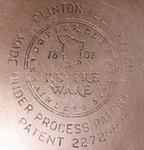
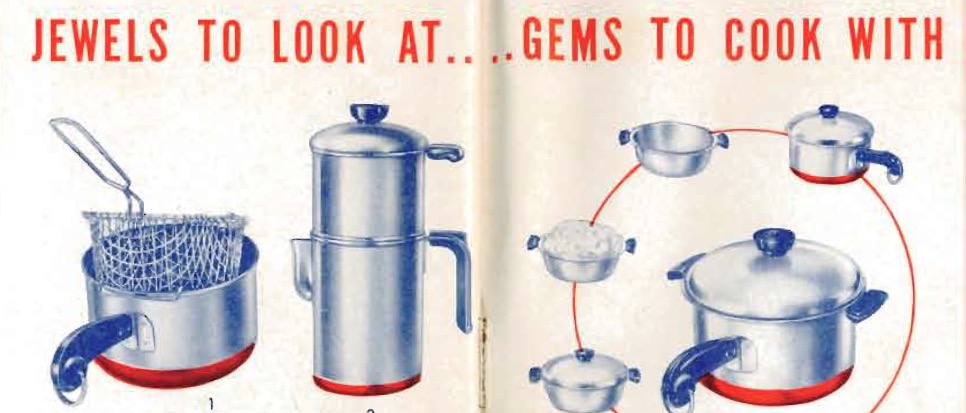
![]()

